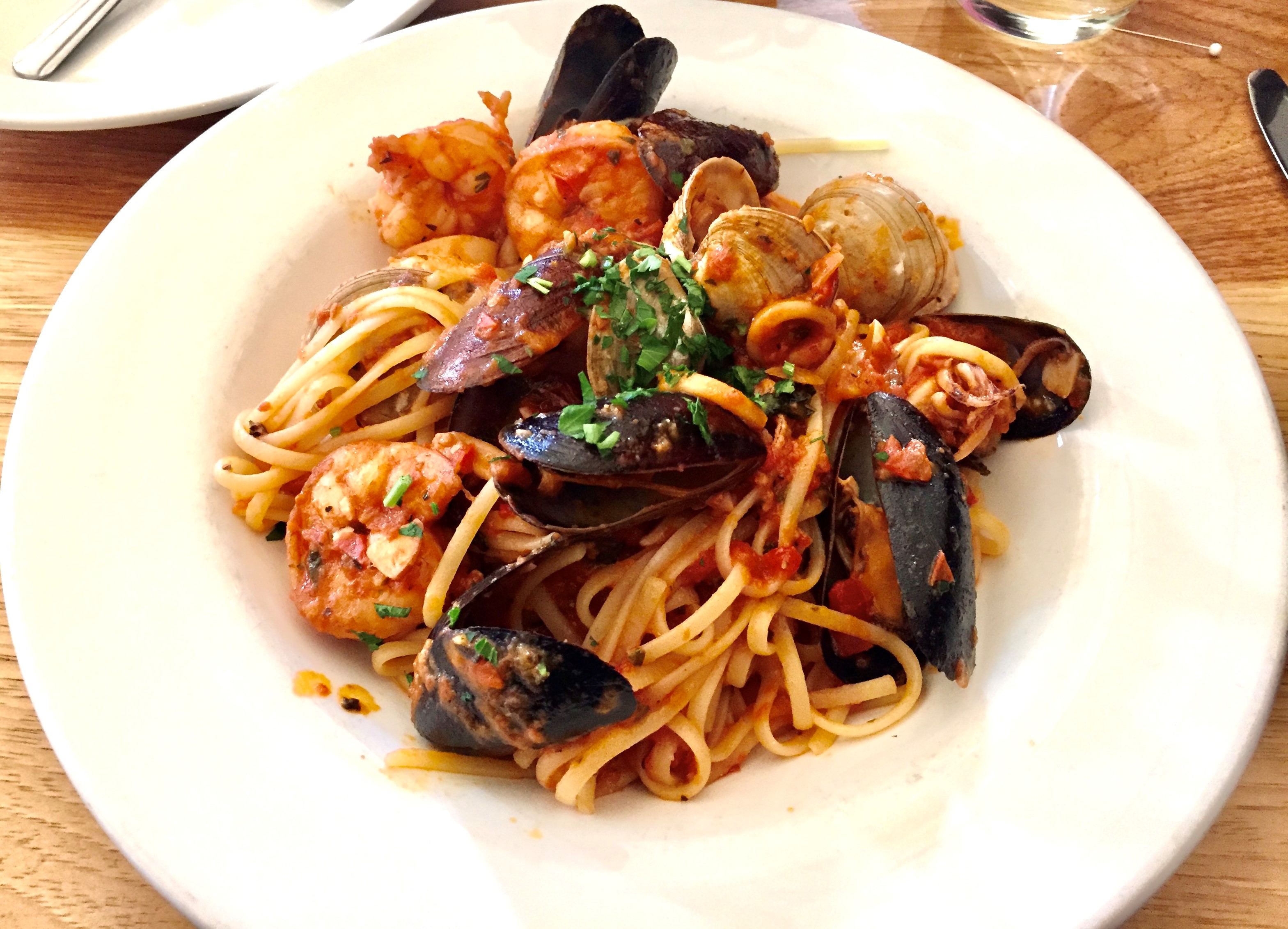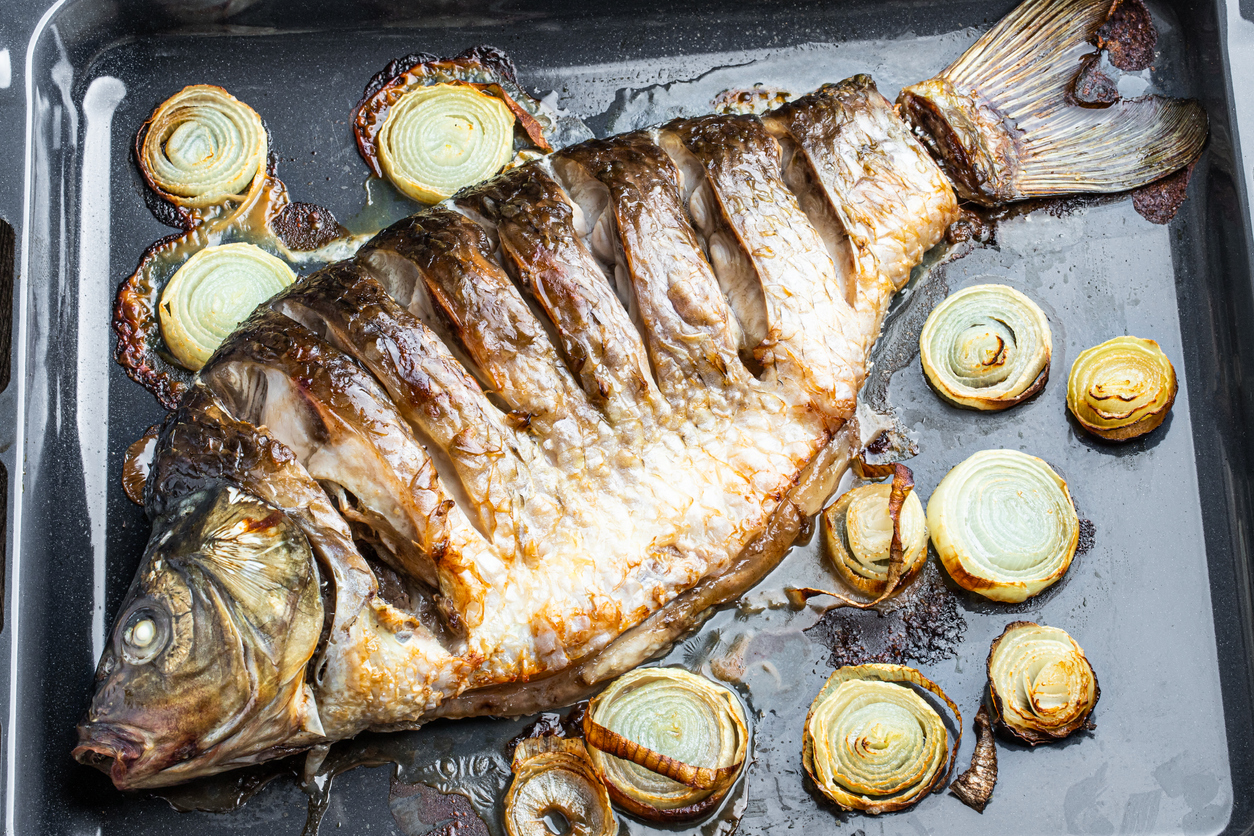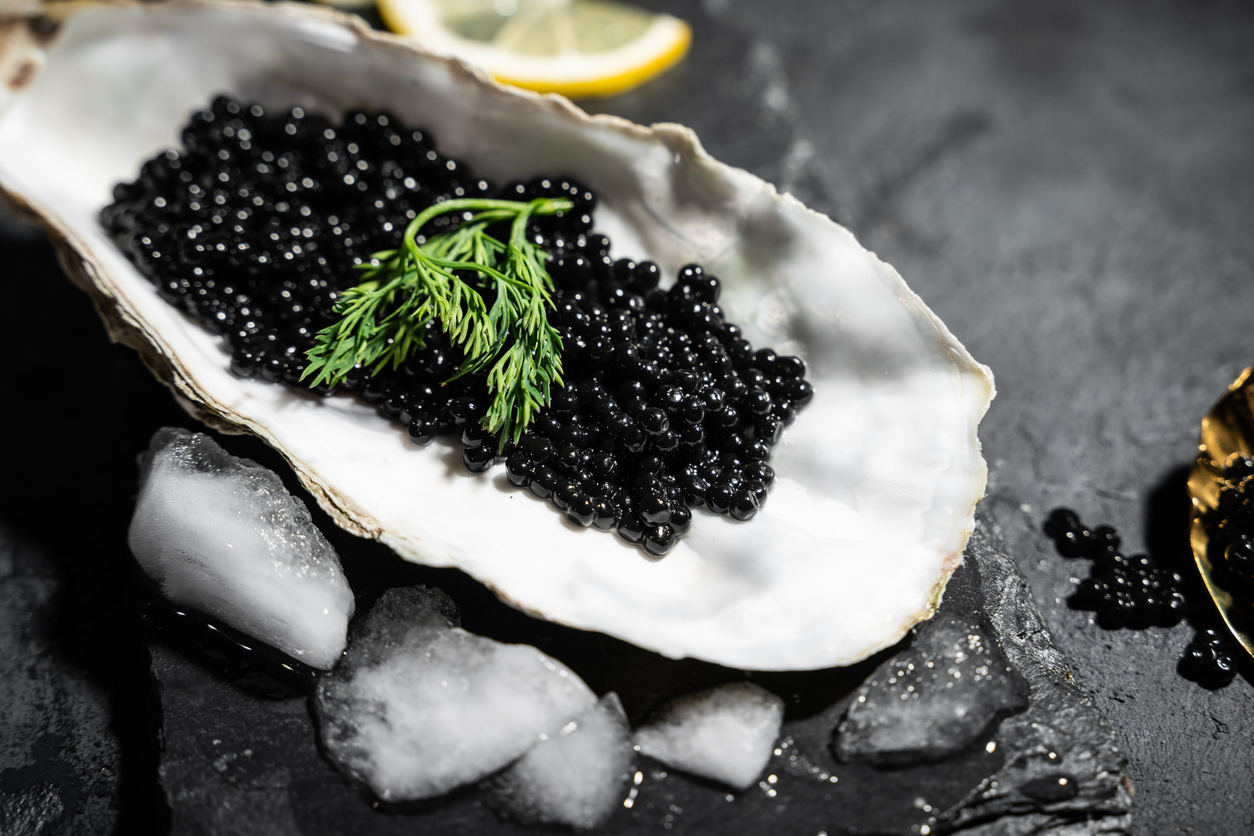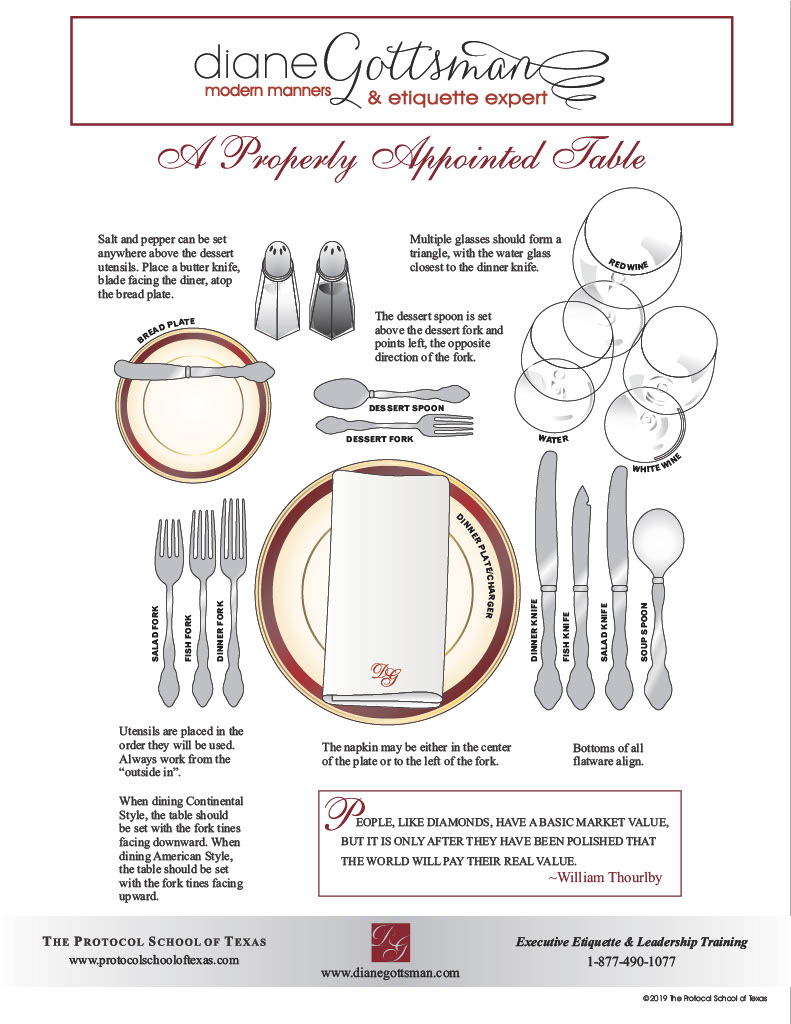How To Eat Tricky Seafood: Post-Pandemic Dining Etiquette Refresher

Oscar Wilde said, “The world was my oyster until I used the wrong fork.” There is definitely truth in humor! Many admit their social skills have gotten rusty from lack of use during the pandemic; it’s time to refresh and update our daily routine. Fundraisers, galas and basic business meals are alive and well, and dining out pleasure is in full swing. The task of using a utensil does not include wielding a fork to your mouth as if it is a dagger! I am sharing a few refresher dining etiquette tips that will allow you to feel comfortable and confident at the table. Whether you are dining at someone’s home, entertaining a client at a restaurant or attending a wedding or gala, your knowledge of social skills highlights your self-confidence and comfort level. This blog will tackle some basic questions about how to eat seafood and give you a primer on the proper table setting.
How to Eat Seafood: Post-Pandemic Dining Etiquette Refresher

Know the Basics
Navigating the table is not rocket science. My simple table diagram will remind you where your utensils, glassware and bread plate should be placed. Children should be taught to use their utensils properly and navigate a basic table setting from a very young age.
How To Eat an Oyster
When asked about how to eat seafood, the proper way to eat an oyster is a popular topic. This task requires you to use your index finger, middle finger, thumb and a small fork, called an oyster or shellfish fork. Use the fork to detach the oyster from the shell, leaving the juices in the shell. Pick up the shell and bring it to your mouth, tipping the shell backward, so the oyster gently slides into your mouth. Some people enjoy a squirt of lemon and some sauce on the oyster before consuming the mollusk.
How To Eat a Clam

First of all, avoid eating a steamed clam that has not opened to at least halfway. It is an indicator that the clam is decayed. With one hand, using a shellfish fork (a tiny fork), open the shell completely and pull the calm out with the fork (or your fingers). Then, holding the clam with your fingers or the fork, remove the skin off of the neck and dip it into your favorite condiment. There should be a plate or bowl to dispose of the empty shells. Drinking the broth has mixed reviews. While it’s perfectly fine with your friends and family, allow your good judgment and your host to lead the way in a business setting.
Removing Fish Bones From Your Mouth

There is no good option for removing bones, gristle and other foreign objects from your mouth. Do not spit it into your napkin! The best of all difficult options is to remove the object with your left hand, index finger and thumb and discreetly place it on your plate. Don’t make a big deal of it and continue to make conversation, not losing eye contact with your guest or host.
How To Eat Shrimp

While shrimp is packed with protein, and a favorite menu item for many, it’s also a selection that can be a bit smelly and messy. If shrimp is served in a bowl with noodles or rice, such as linguine, use the tines of your fork to secure the shrimp in one hand and the knife to cut the tail away in the other. Depending on the size of the shrimp, cut in half, or in three bites. Place the tales discreetly off to the side of the plate or on a small service plate, when offered. The bread plate works nicely in a pinch.
The cold shrimp in shrimp cocktail can be eaten with your fingers, one bite at a time, or by placing the entire shrimp in your mouth, depending on the size of the shrimp. The tail should be placed on a service plate, not back into the glass dish in which it was served. While there may be a small bite of shrimp remaining in the tail, when you are dining with guests, it’s best not to struggle for the last morsel!
How To Eat Caviar

Caviar is often associated with wealth and status. Some people love it, while others prefer chips and salsa! If you have not yet had the opportunity to eat caviar, here is what you should know. First of all, be informed. Caviar is the eggs or roe of sturgeon. Preserved with salt, true caviar is produced in Russia and Iran from fish from the Caspian or Black seas. Beluga is the best grade, prepared from black or gray eggs. It is the most expensive of caviar. Not all caviar is the same. Lesser grades are from smaller eggs, and in the United States, the roe of salmon, whitefish and other fish is sold under the same name but not the same quality.
Caviar is generally served in a small, crystal or glass bowl placed on a bed of ice. It may also be served in another unique vessel, such as a shell or small bowl. A delicate spoon should be used to scoop a small amount onto a round of toast. Eat the toast with your fingers. Don’t overindulge as it’s served as an appetizer to whet your palate for the main course.
Do you have more questions about how to eat seafood? You may also enjoy How To Eat a Lobster. Be sure to check out The Protocol School of Texas. Read Diane’s posts on Inc., subscribe to her articles on The Huffington Post, “like” The Protocol School of Texas on Facebook, and follow her on Pinterest, Instagram and Twitter.







